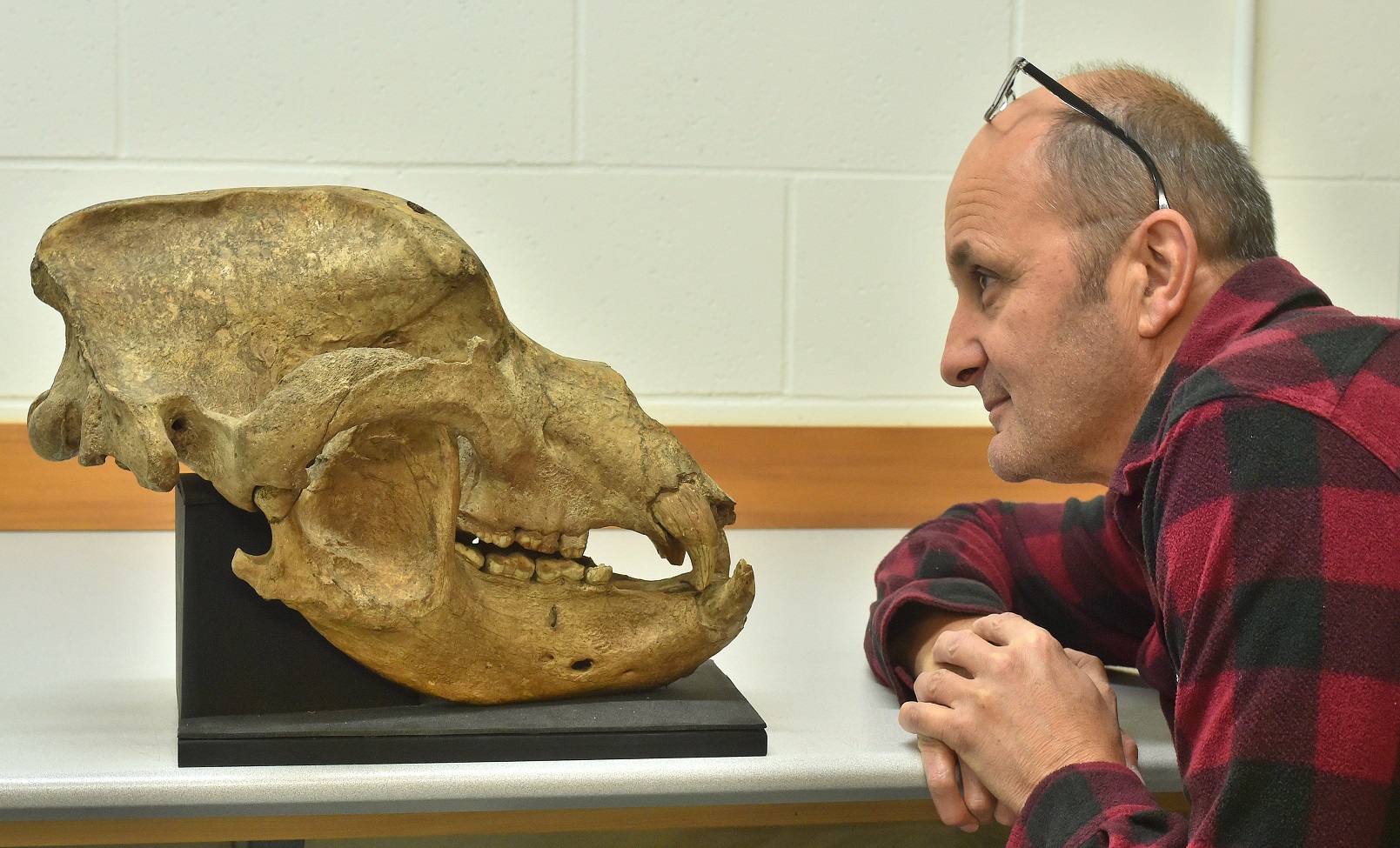
The Tūhura Otago Museum is unveiling its new exhibition "Prehistoire: Art and artefacts from France" today for this year’s Archaeology Week.
Said to capture the depths of European prehistory, the exhibit would incorporate a series of 12 short films by French archaeologists about ancient techniques and craftsmanship behind prehistoric artefacts.
Supported by the French Embassy and the Pôle d'interprétation de la Préhistoire in southern France, the exhibit would mark the first public screening of the films in New Zealand.
Tūhura Otago Museum archaeologist Gerard O’Regan said the films gave insight to the lives of our human ancestors.
"By spending time sitting, watching, looking, we actually get to think about some of the things that those old people would have been exploring — and that to me is a very rich opportunity."
From Sunday to Friday the museum would premiere the film The Final Passage — an immersive 3D rendering and exploration of the renowned Chauvet-Pont d'Arc Cave in southern France.
"When you look at the cave art and these representations of animals, there is a lot of symbolism, and they're not accidental.
"Looking at the detail of these paintings, these cave paintings, you're talking about people going to extreme lengths to produce exquisite works of art in challenging spaces on challenging media."
The film was created by distinguished archaeological rock art researcher Jean-Michel Geneste, whom Mr O’Regan met while researching the First Nations.
"Apparently more people get to stand on the top of Mount Everest every year than get to go in the Chauvet cave," Mr O’Regan said.
The free screenings would give visitors the chance to see the cave’s geological formations and intricate paintings depicting ancient life forms such as mammoths, horses, and cave bears, dating back over 36,000 years.
Ancient artefacts would be displayed for the exhibit, including an extinct European cave bear skull.
"The bears went extinct 24,000 years ago.
"This cave bear skull highlights the size and character of the wildlife these European ancestors were living among."
The free exhibit would take place in the Beautiful Science Gallery and was open to the public until Friday.











